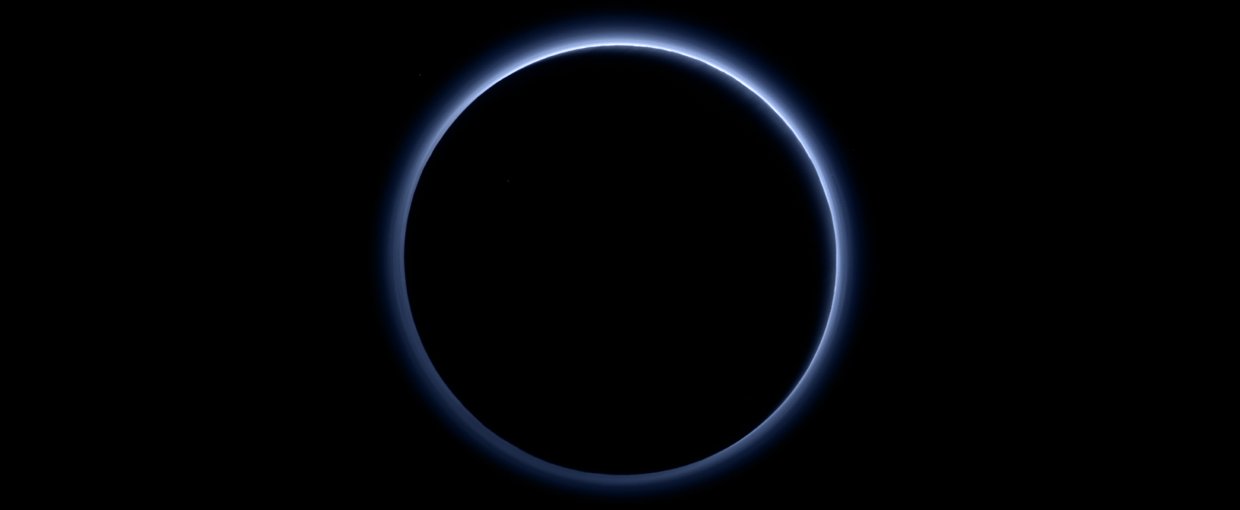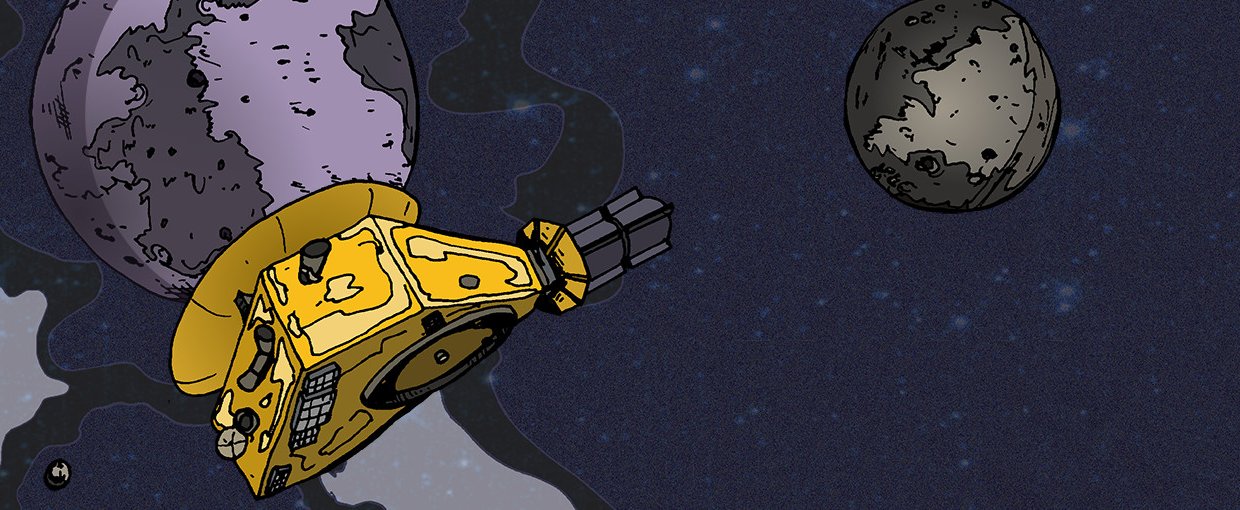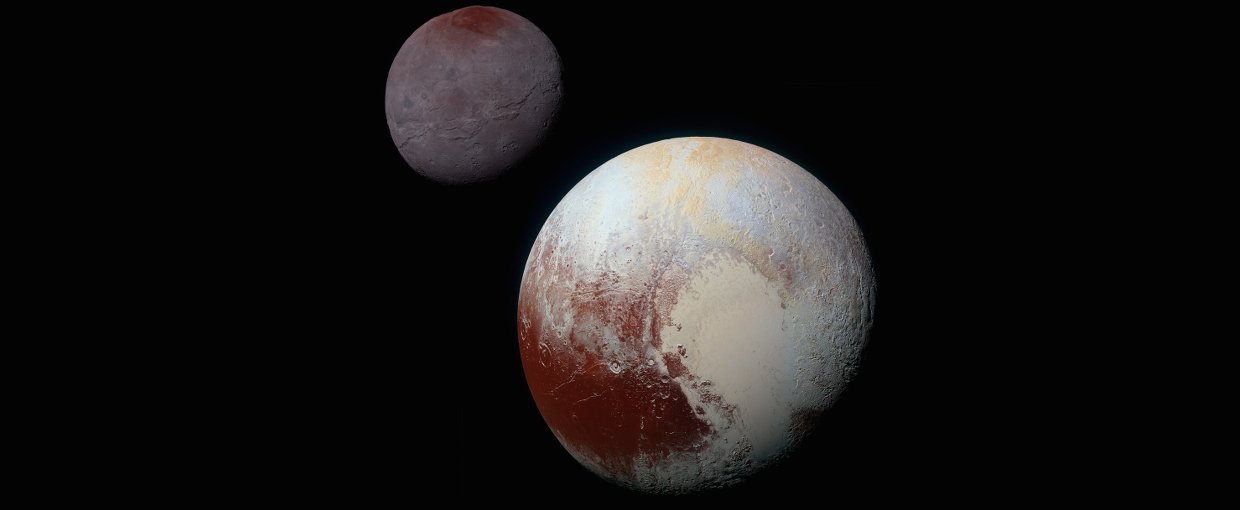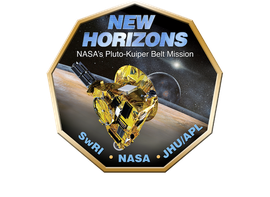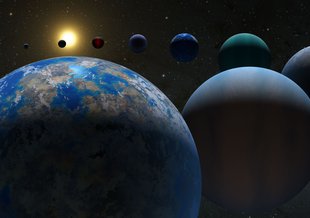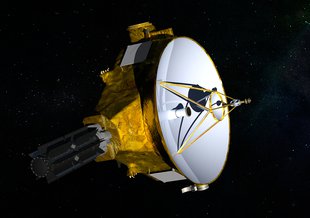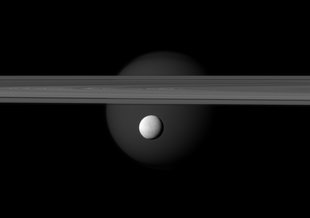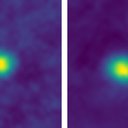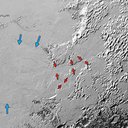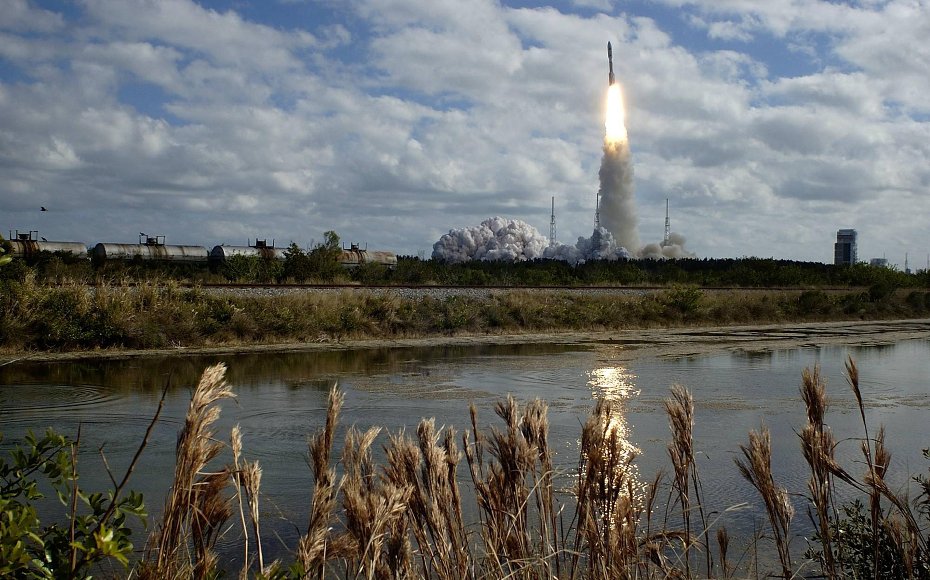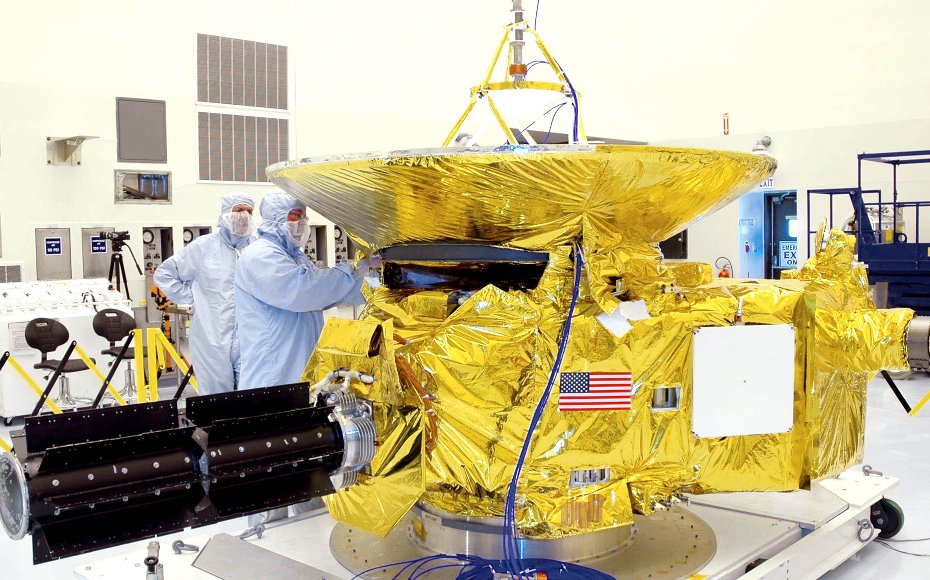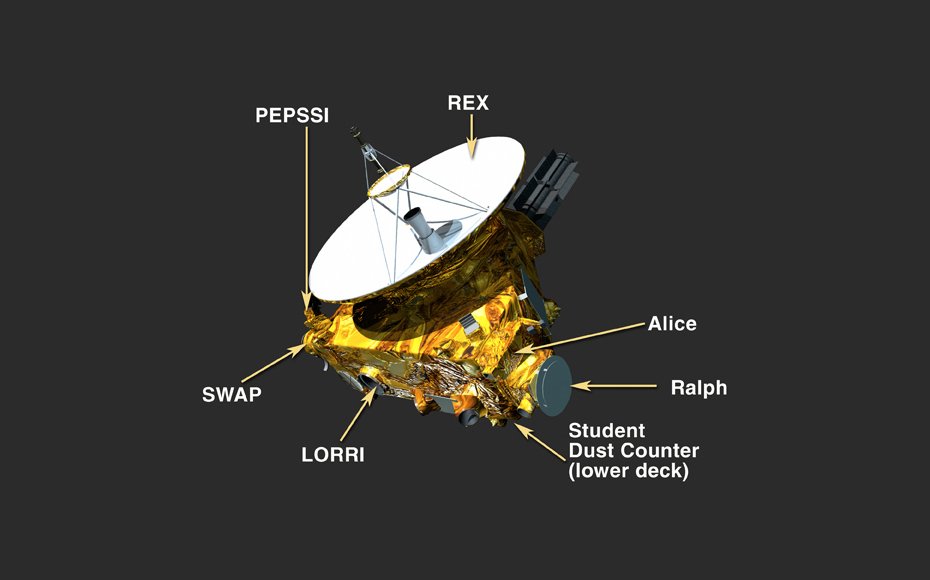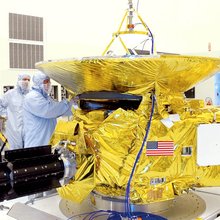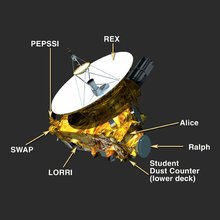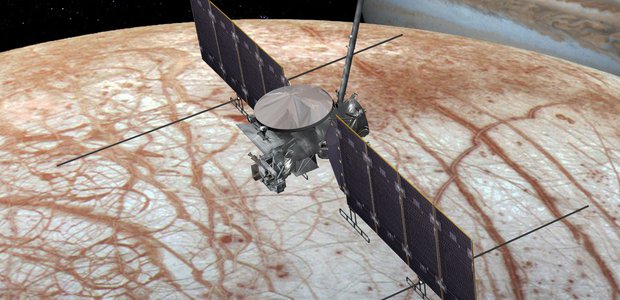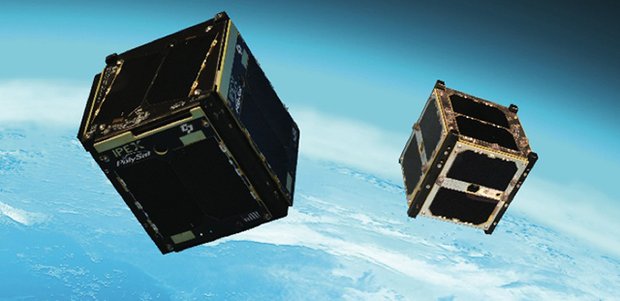- Launch Date January 19, 2006
- Arrival Date July 14, 2015
- Mission TypeFlyby
- TargetOuter Solar System
Mission Overview
The New Horizons mission is helping astrobiologists understand worlds at the edge of our solar system by making the first reconnaissance of the Pluto system and venturing deeper into the distant, mysterious Kuiper Belt – a relic of solar system formation.
Relevance to Astrobiology
New Horizons has revealed a plethora of information about the geology, composition and atmosphere of Pluto. In addition, the mission has provided scientists with detailed information about Pluto’s moons. After its visit to Pluto, the mission moved on to continue exploring objects at the distant reaches of our solar system.
Studying primitive icy worlds at the edge of the Solar System addresses major goals of the Astrobiology Program concerning the chemical endowment of all the planets including Earth. Objects in this region of space contain a record of ancient solar system materials. Studying icy objects of the outer Solar System can help us understand what the planet were built from. In addition, it is thought that objects from Solar System’s outer reaches are occasionally pulled closer to the Sun, colliding with planets like Earth and delivering ingredients that could have been necessary for the origins of life as we know it.
On its journey to Pluto, New Horizons also gathered three years worth of data on the solar wind and the space environment of the outer Solar System. This data will help scientists test and improve models of the space environment throughout the Solar System.

